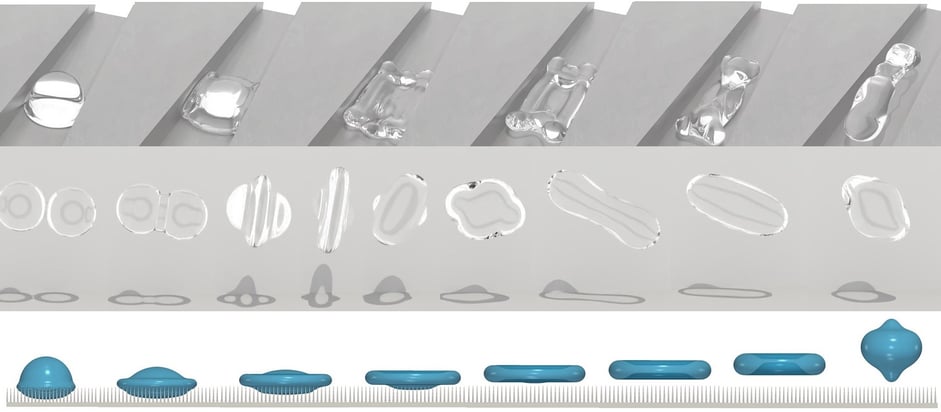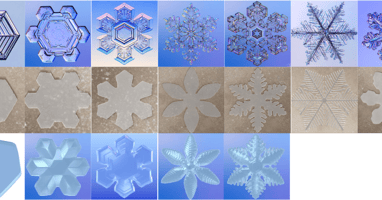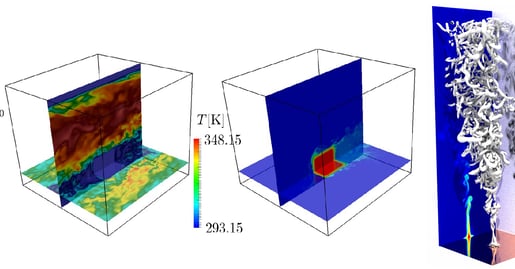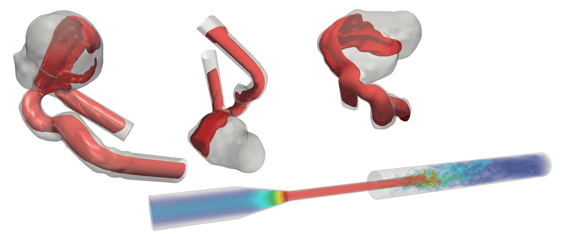Drop impact dynamics
Drop-drop and drop-solid impact dynamics characterization is important and relevant to a wide variety of areas, from jet break-up mechanisms to design of self-cleaning and anti-icing surfaces. Many mechanisms leading to shorter contact times, such as the use of specific macro-textures on solid surfaces leading to pancake or ring-bouncing can be understood via resolved direct numerical simulations. I have used the lattice Boltzmann method, more specifically formulations such as the pseudo-potential method and the Allen-Cahn-based approach to model and understand a variety of configurations, e.g. drop impact in grooves, macro-posts, liquid films etc.


Combustion simulation
Even though the ecological transition from fossil fuels to alternative energies is starting to shape up, illustrated by countries pledging to reach carbon neutrality by 2050-2060 before the COP26, reacting flows and more specifically combustion is still widely in use in many areas such as turbo-machinery, flame-based nano-particle production systems and moving/static bed reactors. Using an in-house numerical method based on the lattice Boltzmann method and implemented in the in-house code ALBORZ such systems are efficiently modeled on large-scale clusters.


Crystal growth simulation


Crystal growth is not only ubiquous in nature but of use in many engineering applications. For instance the different adsorption rates of enantiomers of a same compounds make continuous crystalization an ideal candidate for the efficient separation of the latter.
Thermal flows


Using low Mach thermo-compressible formulations developed and implemented within ALBORZ, thermal flow simulations with conjugate heat transfer are conducted. These simulation are illustrated with the turbulent channel flow over a heated cube obstacle and the turbulent thermal plume.
Medical flows


Given its non-inasive nature and additional detailed insights it provides on blood flow dynamics computational fluid mechanics has become quite popular in medical applications. Being incompressible and involving complex geometries it is particularly well-suited for the lattice Boltzmann method. ALBORZ has been used over the past couple of years to model flow in intra-cranial aneurysms.